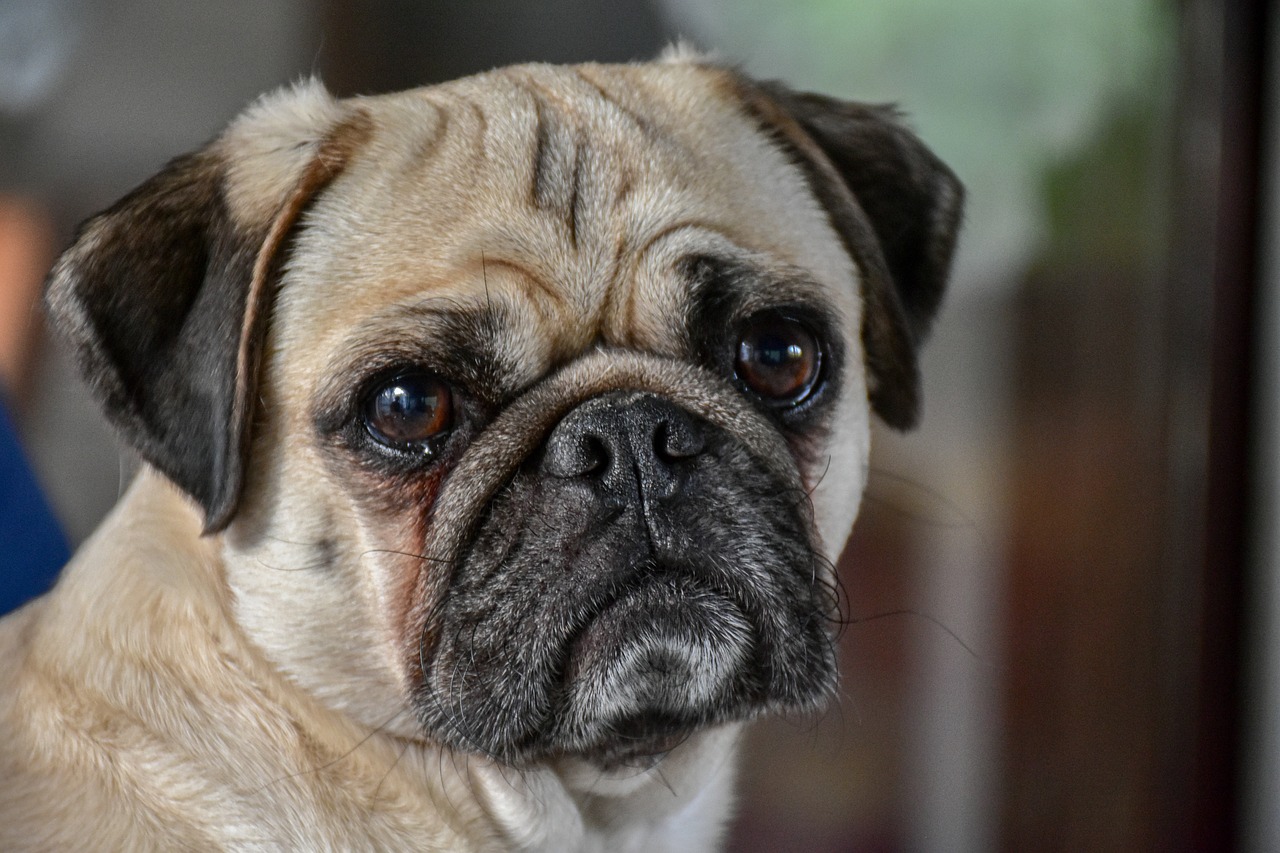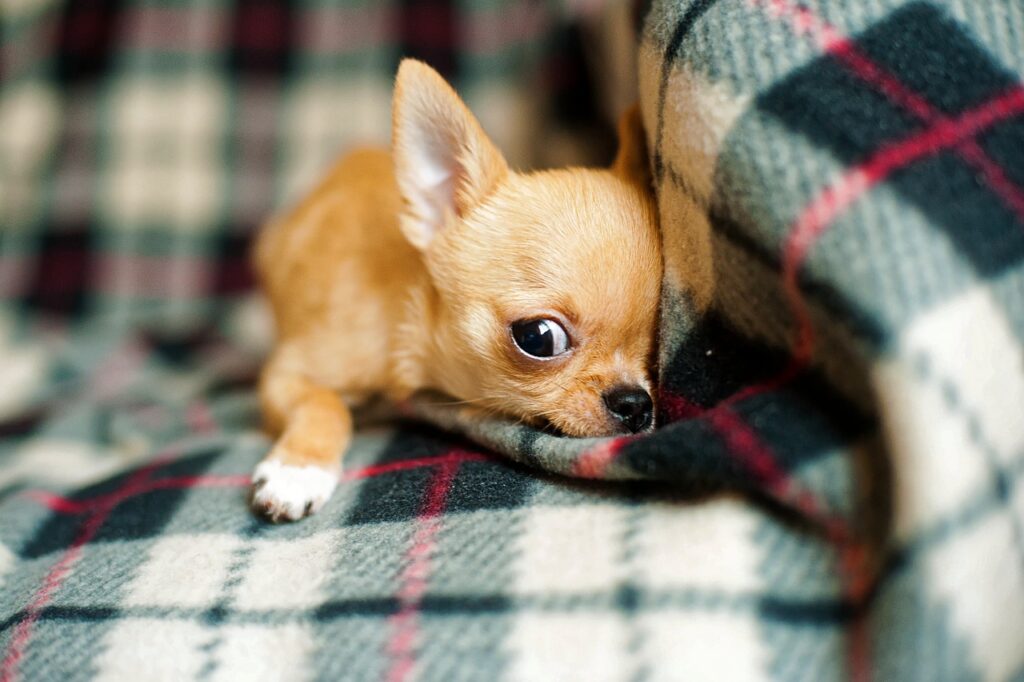The Pug: A Charming and Lovable Companion
The Pug is a breed that has captured the hearts of dog lovers all over the world with its wrinkled face, expressive eyes, and playful personality. Known for their affectionate nature and comical antics, Pugs are the ultimate companion dogs.
Whether or not they snuggle themselves across the couch, make you laugh at their silly behavior, or just be their lovely selves, pugs bring joy and warmth into every home they enter. In this blog, we dig into the history, characteristics, temperament, and care requirements of this delightful breed.
A Brief History of the Pug
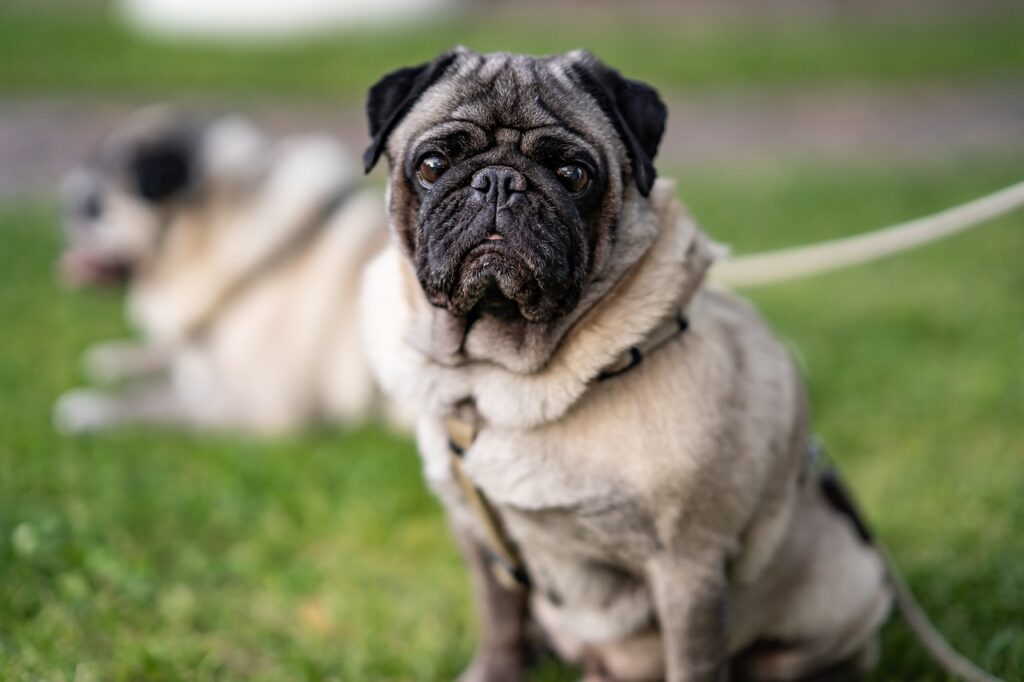
The Pug is one of the oldest dog breeds, tracing back its origin over 2,000 years to when dogs with these features were seen in ancient China. They were highly treasured by the emperors, existing in luxury; some even had their own guard and palaces. Pugs migrated into Europe in the 16th century with merchants and, after a time, managed to find a place accompanying the royalties and nobility of Europe. Among the famous lovers of Pugs were Queen Victoria and Josephine Bonaparte, the wife of Napoleon.
The name Pug is said to have derived from the Latin word pugnus, which means “fist,” and it was perhaps applied because of the breed’s wrinkled face. The Pugs were also in association with Masonic Order, wherein it signified loyalty and friendship.
Physical Characteristics of the Pug
Pugs are small, compact dogs with a rather unique and appealing look. Here are some of the key physical characteristics:
- Size: Usually, the Pug stands 10 to 13 inches at the shoulder and ranges in weight between 14 to 18 pounds.
- Build: Of compact, muscular build, with the body in a square shape and a deep chest.
- Coat: The Pug has a coat that is short in length and glossy in texture and comes in different colors: fawn, black, apricot, and silver.
- Face: Their wrinkled face comes with large, expressive eyes and a short, flat muzzle.
- Tail: Pugs have a tightly curled tail, resting over their hip, that is often described as a “double curl.
Temperament and Personality
Pugs are affectionate, playful, and sociable. Here’s what makes their temperament so special:
- Affectionate and Loving: Pugs thrive on human companionship and love to be close to their families. They have been described many times as “velcro dogs” since they stick with the owners like glue.
- Playful and Fun-Loving: Pugs can be playful and mischievous, which is what makes them so amusing. They like to play with games, toys, and making their humans laugh.
- Sociable and Friendly: Pugs are extremely social dogs that get along with people, children, and other pets. They love to be the center of attention and will always be ready to make new friends.
- Calm and Adaptable: Though playful, Pugs are low-energy dogs and can be very happy just lounging around the house. They also adapt very well to apartment living and do not require much space.
- Stubborn but Trainable: Pugs are intelligent but can be a bit stubborn, which makes training a bit of a challenge. However, with patience and positive reinforcement, they can learn basic commands and tricks.
Caring for a Pug
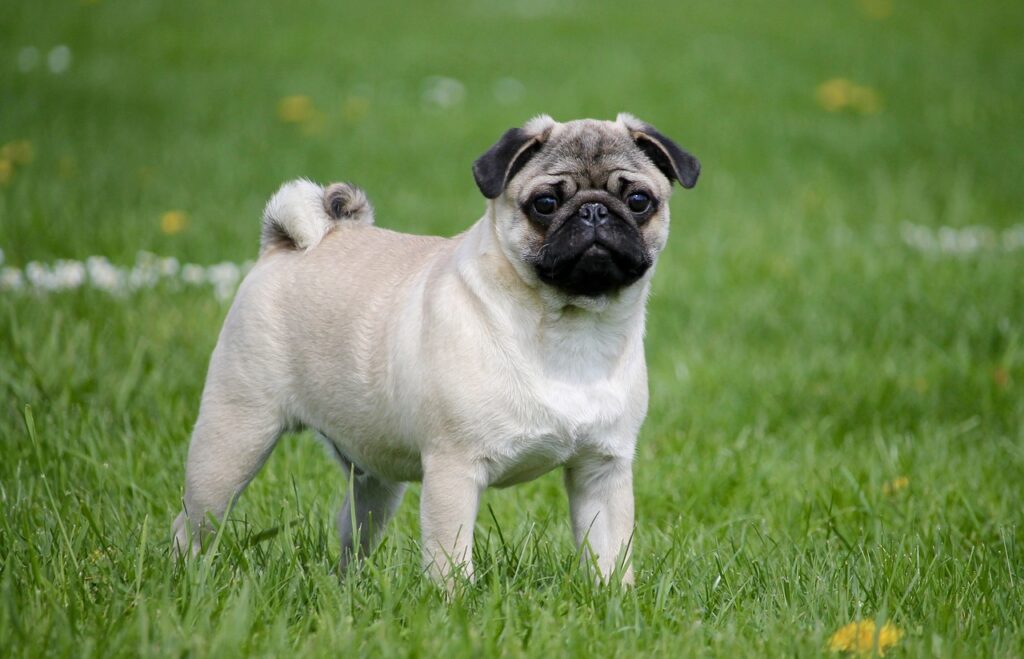
Pugs are relatively low-maintenance dogs, but they do have specific care requirements to keep them healthy and happy:
- Exercise: Though not highly energetic, pugs need daily exercise to keep them fit and not obese. For the most part, short walks, playtime, and interactive toys are sufficient.
- Diet: A proper diet with high-quality dog food will go a long way in sustaining their health. This, while important, should be done with a degree of monitoring, as they may easily get obese since they love eating.
- Grooming: Pugs have a short coat and generally require minimal grooming; however, special attention is paid to their wrinkles. Clean the folds of their face regularly using a damp cloth to help avoid infection. They also shed heavily, so regular brushing will help keep them free from loose hair.
- Health: Unfortunately, all pugs are prone to some health issues because of their brachycephalic structure, which includes trouble breathing, eye problems, and overheating. They could also be prone to hip dysplasia and obesity. Regular veterinary check-ups and maintaining a healthy lifestyle will help in preventing or keeping such problems under control.
- Temperature Sensitivity: Pugs are sensitive to extreme temperatures, particularly heat. It is best not to exercise them during hot weather. Provide a cool and comfortable place for them to rest.
Pugs in Popular Culture
Pugs have conquered popular culture, finding their way into movies, TV series, and even as mascots. Some of the well-known Pugs are Frank the Pug in the movie Men in Black and Doug the Pug, an Instagram sensation with millions of followers. This unique-looking dog with his charm has won the hearts of every dog lover and artist alike.
Is the Pug Right for You?
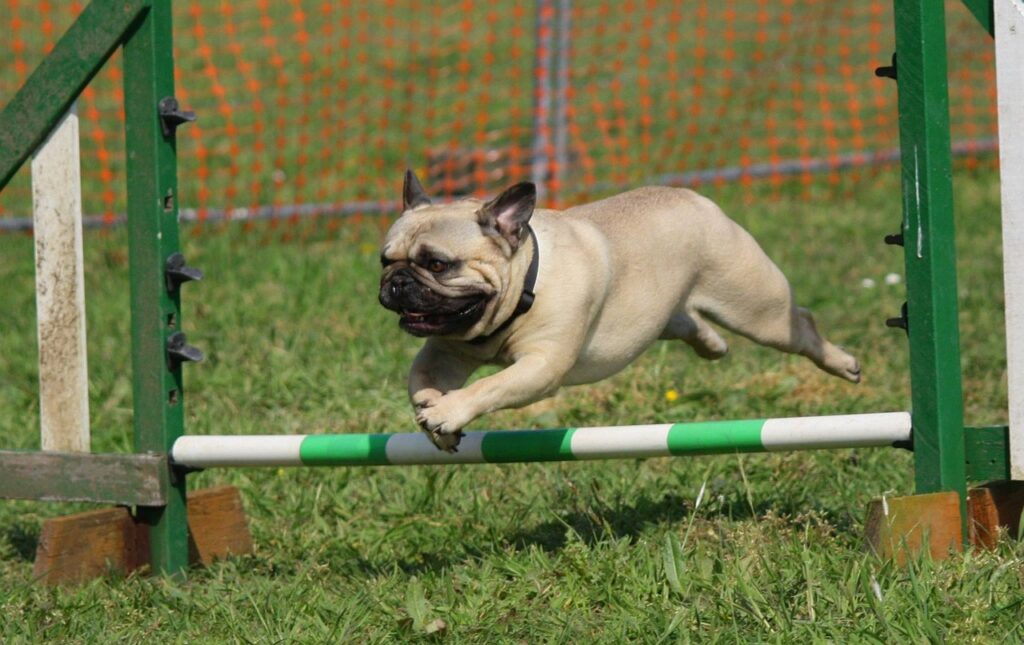
Pugs are perfect for those people and families who want small, loving, and low-maintenance companions. They suit apartment living, as they don’t need a large yard. Their sensitivity to heat and potential issues in health do call for an owner who will put extra attention into their care. If you’re looking for a loyal and loving companion who will bring endless joy to your life, a Pug might be the perfect fit for you.
Final Thoughts
The Pug is a breed that encompasses charm, humor, and a heart of love. Whether as a cuddly companion on the couch, making one laugh with their silly antics, or just being themselves, Pugs make your day brighter. With proper care, training, and love, a pug can be a very loyal companion for many years to come.
Adding a Pug into your life; consider researching a reputable breeder or adopting from a rescue organization. These wonderful dogs surely deserve to be in homes where they will thrive and make people happy everywhere they go.

